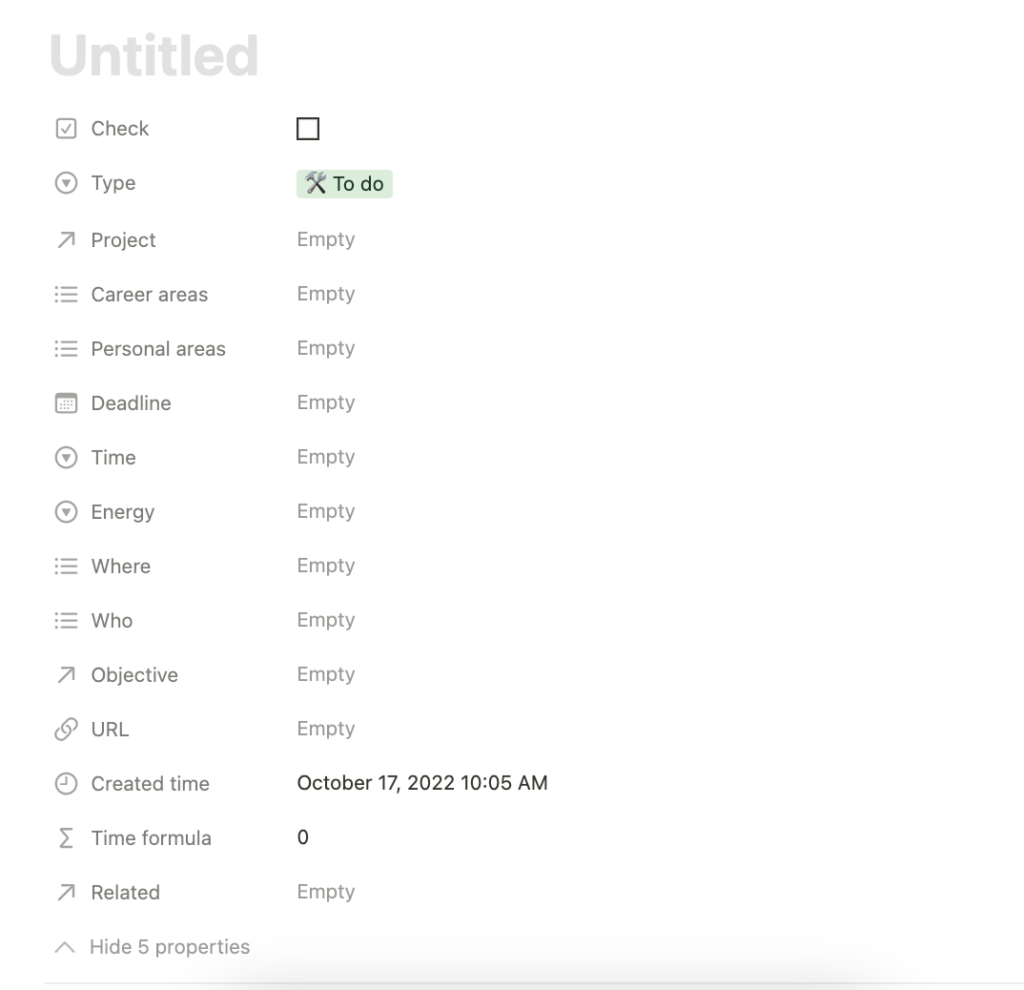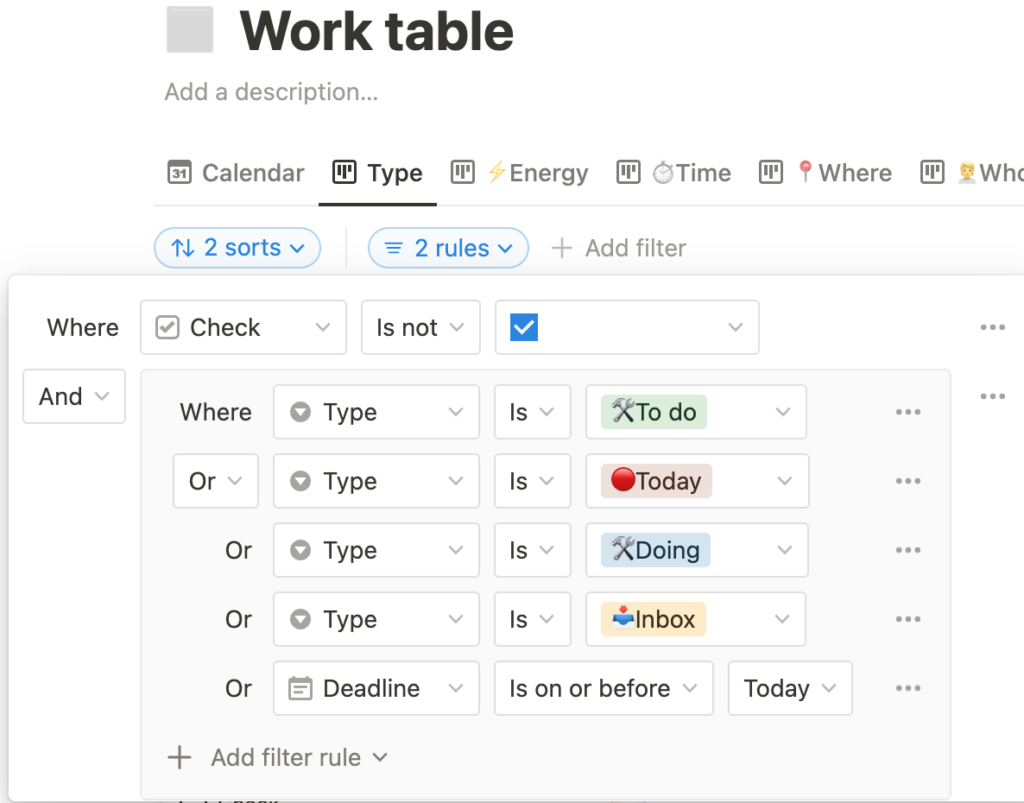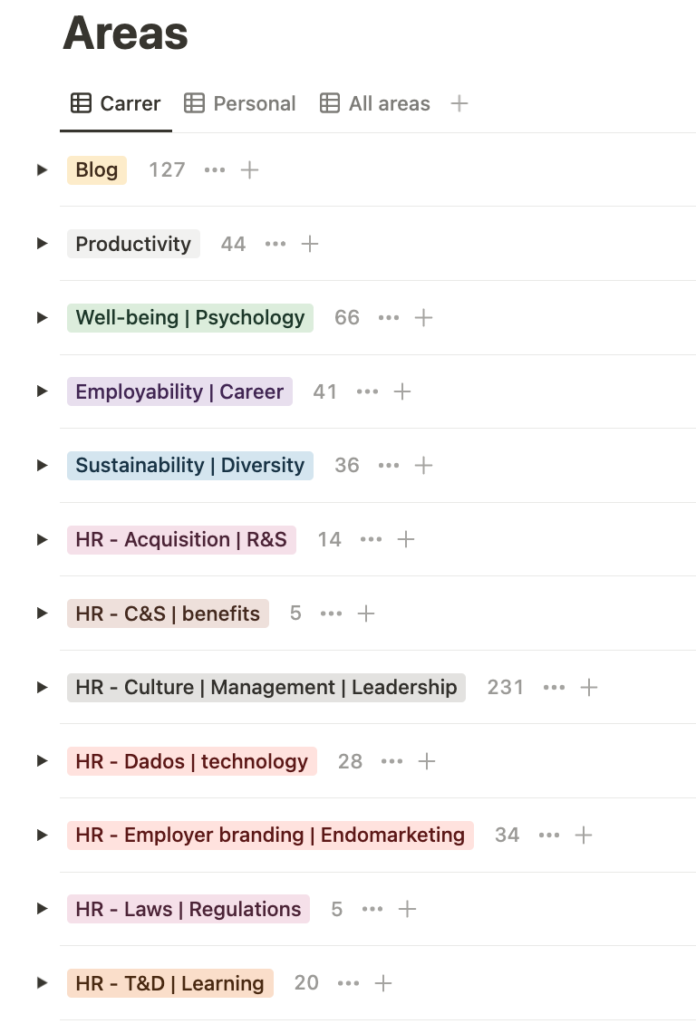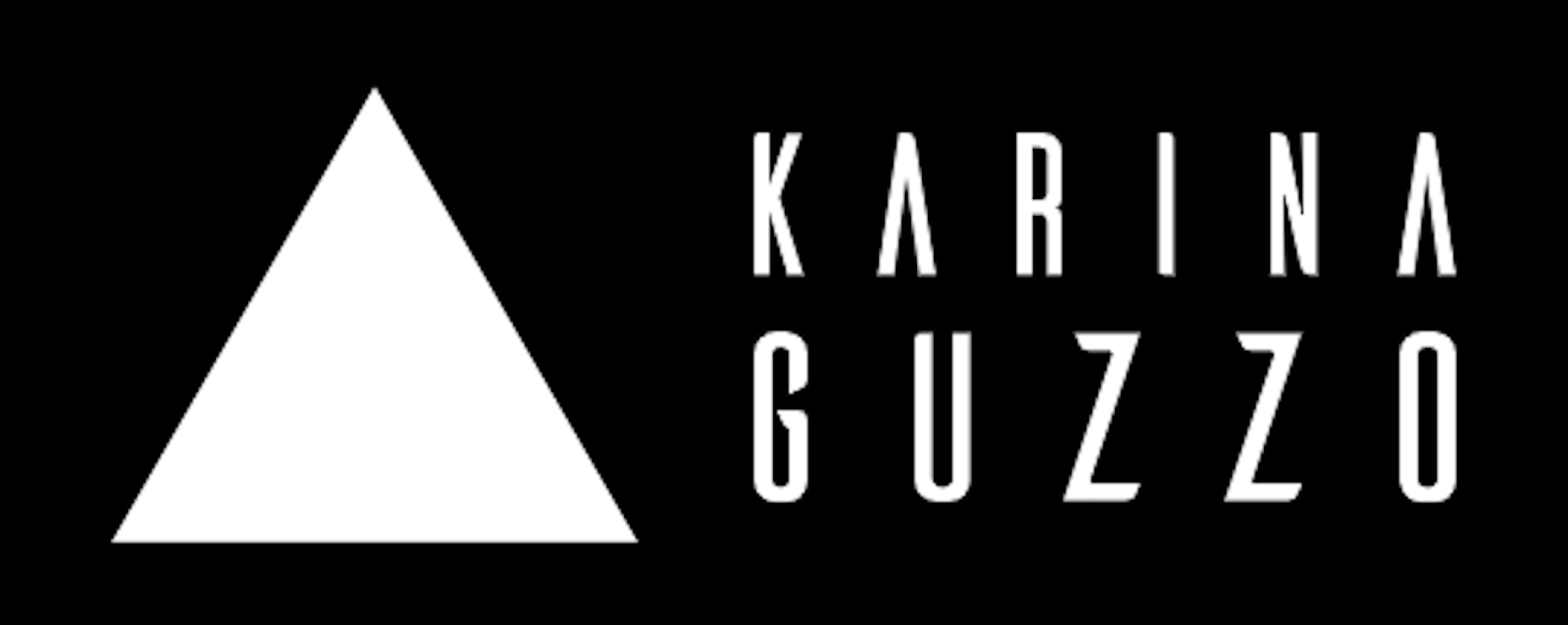I’ve always had difficulties handling many productive applications. The volume of loose information leaves me without my feet on the ground. In the pre-Notion era, when I used Todoist + Evernote, I felt that there was no connection between reference files, tasks, and the management of projects. In 2019, I met Notion and since then we have been in a long-term relationship that, at times, was even abusive on my part. Notion was originally not born to be a task and project management app, just a personal Wikipedia, but today for me (and many) it has become the center of almost everything I manage. It is literally a practical and emotional dependence. Notion is currently my second brain, I depend on it for everything, from tasks to recipes and lake house ideas that I have no expectations. In addition to Notion, I also use google calendar, of course.

Below, I explain how my Notion is currently in October 2022. It is certain that in two months my setup will probably be a little different. I adjust something almost weekly. I remove what doesn’t work to make it cleaner, or add some new visualization to help with a specific new project. I remember that when I was doing my master’s, I created lists to manage the contents that I should study and work on, and even today this content management is useful. Notion for me is a living system. It took me about 2 years to get to my setup that I now consider ideal.
Some important observations:
- If you do not have experience in working with Notion and Databases, perhaps this content may seem a little confusing. Let’s say this content is intermediate or advanced in Notion.
- The evolution of your personal system takes time. Firstly, you need to know understand the platform and know how to operate it. Secondly, to understand the need for your routine and its execution. Notion can be a bottomless pit if you don’t understand your current reality and the need for your current work. You can easily waste more time and energy organizing your system than executing what you really need. Many fall into this trap hole as the tool offers infinite possibilities.
- Notion, and any other productivity software, is there to serve us, not the other way around. That’s why I strongly recommend that you don’t coldly copy my system, it may take you longer to understand it than create a new one from zero according to your needs and life situation.
This is my current setup:

Today I work with three databases: Projects, objectives and another general one that today is called “Worktable”. The projects and objectives databases only include an overview of each one, their management can be found in my main database “Work Table”. That’s where I concentrate all the information that comes in. When adding a new page (any kind of content or information) I have this template:

The “Type” list separates my big lists:

1. Inbox
- Everything new that has not yet been processed (organized) comes to this list.
- Using the extension Web Clipper, in addition to saving links, I also manage the tasks in my email: I save the link and generate a task. So that no task is “loose” in my email box.
2. Worktable
On day-to-day I focus on my “Worktable”, where I can visualize the week’s tasks as a menu, just like GTD prescribes, divided by contexts:

This view also supports any file that I have given a date assigned, so these items appear for me in my “Work Table” on a specific day.
- My class notes are saved as “Notes” (which would be the “Reference” in the GTD method) – I assign a date for reviewing;
- Information about a meeting that is saved as “Notes” – I assign a date when this information will be important for me to have on hand (e.g. for a meeting or an upcoming event);
- For items marked as “Waiting” – I assign the agreed deadline;
- “Incubated” items that I eventually assign date;
- Content I want to consume on a specific date.
How do I do it?

3. Projects
I use it occasionally daily or in the weekly review to get an overview of the projects. I can see many lists related to projects: notes, contents, tasks, incubate, waiting… etc. Here, I have also a database called “Project Structure” where I have general information about the projects.
4. Areas
Thinking about GTD’s Horizons of focus, here I divided everything by area to facilitate the search, especially for projects and content. At work, I like to perform by the context of the week, for example, Monday: Talent Acquisition, Tuesday: Compensation and Benefits, Wednesday: Culture and Leadership, etc. This vision is very helpful for managing different times.
I have areas that I am not officially responsible for, but I still consume content, take notes and prepare myself for future challenges. If I talk about the subject, or it is within my current area of expertise, I consider it a responsibility, even if that responsibility is just to keep me informed about it.
I divide it into two big blocks: personal and professional areas. This is my professional area:

5. Objectives
Long-term goals and objectives with more than +3 years (GTD horizon 3). Here I also have a different database, just to have an overview of my objectives. I review these lists in the quarterly reviews (when the season changes).
6. Contents
Everything I’ve seen and found interesting to consume later. I associate to what it has to do with: projects, areas of life, goals etc. They can be links, PDFs, images, videos, recipes, series books etc.

7. Incubated
Future plans, dreams, and expectations without any action at the moment. It’s my repository of good ideas.

8. Notes
In these lists, I also save files that are references, the difference from the list of contents is that these references have already been seen/consumed. It is an already made reference, for review only, while the content is “to do” references. Here, I also save notes in general that are not extracted from any content, such as texts written by me.

9. Waiting
This list has no mystery, it’s everything I’m waiting for someone or some task that I can only do on a specific date. If there is something recurring, I don’t put it here, I put it on the calendar. Ex: bills; weekly/monthly review; planning; housework, etc.)

10. Who
At a certain point, I had the need to have a view per person. This solved many problems, as I can gather all kinds of information associated with a person. Example: meeting notes (e.g. one-on-one), some content I want to consume related to someone, pending tasks, projects involving people, etc. It is very useful when we meet with someone, and we have everything related to that person.
11. Archive.
Finally, where everything is , absolutely everything. Those marked as “checked” I delete every 2 years, so as not to overwhelm Notion. Until today, I’ve never needed a file so old that I have already given it as “checked” after 2 years. However, I may rethink this and save it for longer, but the need has not yet arisen.

